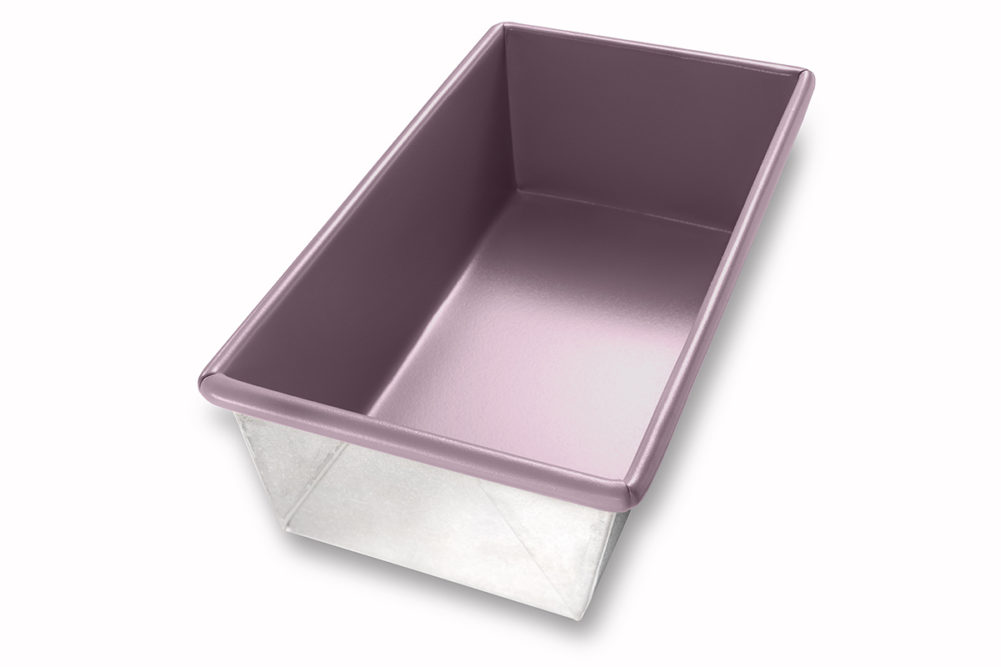Gentle handling of keto and other healthy breads through the dividing and moulding processes will help maintain structure and avoid degassing. This is true for breads loaded with inclusions as well.
“To prevent crushing of specific crushable inclusions, they are usually added late in the mix cycle,” said John Kirkpatrick, bakery specialist, Reiser. “You’ll also want a dough divider like our Vemag that gently transports the dough from hopper to outlet with minimal work to the dough.”
Jerry Murphy, vice president of sales, Gemini Bakery Equipment/KB Systems, said that many new dividers can mitigate some of the negative effects on inclusions. He suggested that products should be tested going through the dividers to understand best practices for handling the dough.
Typical bread dough dividers put a lot of pressure on the same piece of dough several times, said Nigel Morris, head of technology for Royal Kaak, but another approach is needed for healthy pan breads.
“With these types of doughs, you really only want to push just a little bit more than you’re taking away with each portion so that you make sure you’re accurate but you’re not overworking the dough in the divider,” he said. “If we’re using a sheeting line, we have what we call soft dough processing, which is extremely gentle on the doughs, can take on doughs with much higher water percentages and greater levels of fermentation and process those without any damage to the dough.”
Ken Hagedorn, vice president bakery sector, Handtmann, said the company’s equipment uses a vane pump, which is gentle and can release sticky doughs and handle particulates well.
“With gluten-free there’s a spectrum from being a wet dough to being almost like a regular bread dough,” he said. “The vacuum filler can handle that whole range well. You can use it like a depositor, and you’re depositing into the pan, and you don’t have to worry about it sticking to the rest of the machine.”
He recommended testing products in a company’s lab to ensure the equipment can be adjusted to handle any dough put through the equipment.
“Some doughs you might have to look at more vacuum pressure, some you may have to look for less,” Mr. Hagedorn said. “All those adjustments are there.”
There are other useful tools for making healthy pan breads.
“Extrusion systems are especially useful in handling these doughs,” said Jay Fernandez, bakery innovations manager, Middleby Bakery Group. “Our Wave system’s slow rotating double screws and servo sine pumps reduce the doughs’ action, hence low stress.”
One client of ABI Ltd. produces a flourless, nutrient-dense pan bread that is much stiffer than conventional doughs, which created challenges when designing the dough hopper because the dough was prone to bridging, said Alexey Yaganov, sales applications engineer with the company.
“To ensure the dough moved through the hopper as a continuous strip, it came down to geometry,” he explained. “Using our experience with bagels, which are made of dough that is similar in stiffness, we adjusted the angle of the hopper walls to support the movement of a firmer dough.”
This article is an excerpt from the May 2022 issue of Baking & Snack. To read the entire feature on Pan Bread Processing, click here.





